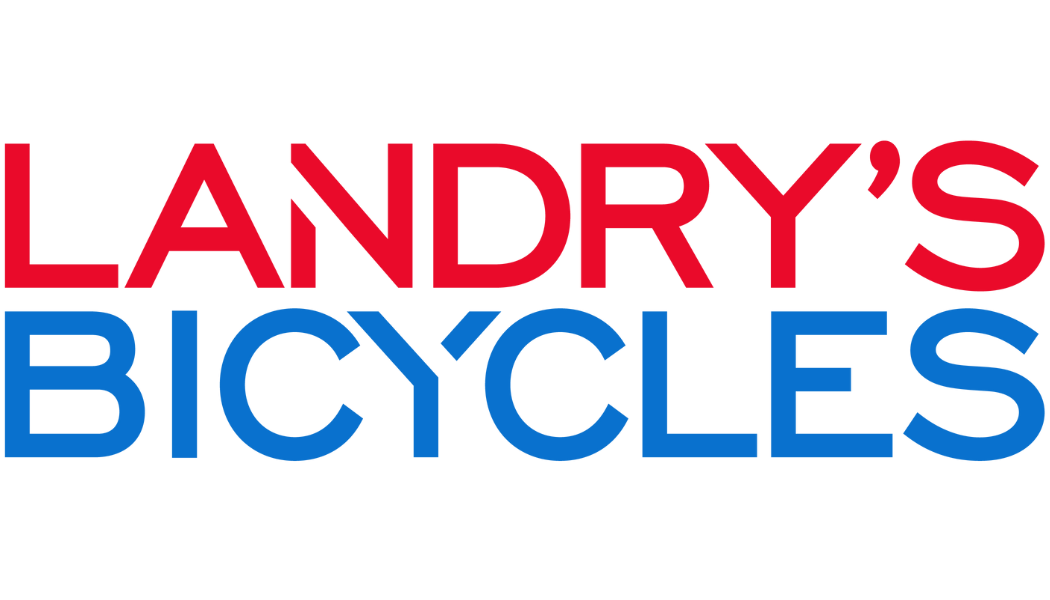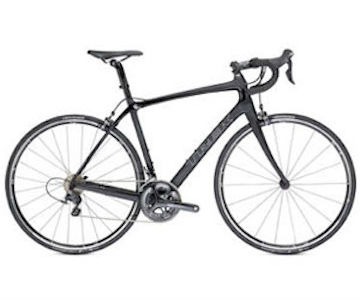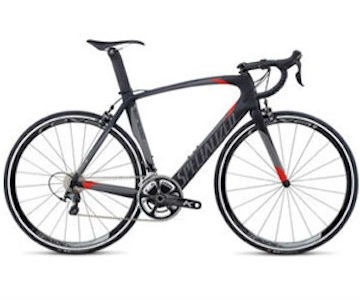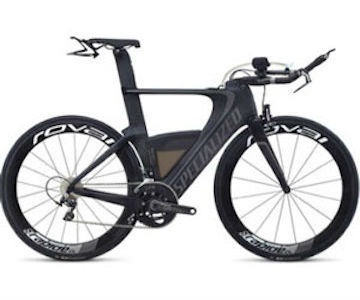TRIATHLON BIKE CHOICES
Triathlete tips
by Brett Nichols, pro triathlete
Brett Nichols has been working at Landry's Boston store. During his time with us, he earned his elite triathlon license and has competed as a professional ever since. In these Landry's Triathlete Tips, Brett shares what he has learned.
"The triathlon is a fairly simple sport. All you really need is some guts ... and a bike."
What's the best racing bike for me?
The triathlon is a fairly simple sport. When it comes down to it, all you really need is some guts … and a bike. Sure, there are things that make the swim and run more manageable — a wetsuit and some goggles, or a good pair of running shoes. But you can certainly struggle through two legs of the race without anything more than what’s already in your closet. However, you’ll find it impossible to do the middle leg without the one piece of equipment that is truly crucial to the sport – The Bike.
In my time at the races, I’ve seen everything from top-performance $10,000+ time-trial bikes all the way down to the $100 Huffy, and they’ve all finished. (Yup, even the Huffy.) But let's face it, training and racing for triathlons on low-end department store bikes is the equivalent of working as a computer systems manager while using a typewriter — not very practical. And let’s not forget, you’re investing a lot of time and energy into this sport. You deserve much better.
So let’s take a look at some of the more rational bike options to consider while racing and training for triathlons:
Breaking it down
The pros and cons of each type of bike:
Road bikes
The road bike offers the most versatility in terms of training and racing. It not only works great for triathlons, but it’s also the safest option for training with friends on a group ride and is the only type of bike you’re allowed to use for an officially accredited (non-triathlon) bike race. They are the easiest bikes to handle based on rider geometry, and they have integrated brake levers and shifters. So, if you’re new to cycling, choosing a road bike is a wise decision. The downside to road bikes is with their aerodynamics. Not in the bike itself, since road bike frames can be designed for aero performance, but the rider position on a road bike is significantly less aerodynamic than on a tri bike. Consequently, road bikes are anywhere from 1-3 mph slower than a tri bike. In a sprint-distance triathlon, that can be anywhere from 2 to 10 minutes difference in your finish time!
Aero road bikes
The aero-designed road bike offers the option of combining the control of a road bike with the aero design of the tri bike. Aero road bikes are engineered from the start as speed machines and are significantly more aerodynamic and faster than the traditional road bikes, with hidden brake calipers and internally routed cables. Going one step further, once you’ve gotten comfortable training and racing on your road bike, the next leap is to clip on aerobars, which will allow for an aerodynamic body position. With these options, you’ll be well on your way to improving your finish time.
Tri bikes
If you want to get the most efficiency out of your pedal stroke, the tri bike is your weapon of choice. These machines are truly built to maximize speed. From frames designed in wind tunnels to the clever concealment of hydration systems, cables, and brake calipers for reduced drag, tri bikes are built to cut through wind like a hot knife through butter. More subtle, but hugely important, are the geometric differences to the frame shape that enable you, the triathlete, to sit with your torso nearly horizontal while in the saddle — a position that’s virtually unachievable on a road bike. Bikes like the Specialized Shiv or the Trek Speed Concept are ideal for the type of racing you’ll face — straight and fast. The triathlon is the very purpose of their design.
Specialized Shiv
Watch this video featuring the Specialized Shiv, a triathlon-specific bike that delivers the perfect blend of stealthy power, drag-defying aerodynamics, and tailored fit options.
Bottom line: Road bike or tri bike — or maybe both?
For training purposes outside the race setting, the road bike may be the better choice. Tri bikes can be more difficult to handle since you’re essentially steering with your elbows/forearms, and most riders can’t control their tri bikes with the same confidence they can control their road bikes. Tri bikes have their brakes located independently from the shifters; so riding in the aerobars can become dicey when in a group or on busy streets. Fortunately, when you’re racing triathlons, you’re not allowed to draft and there’s very little need for your brakes! Sometimes all you need to do is ride straight and ride fast. :-)
Everything you need to know about triathlons
Learn more from Landry's about the sport of triathlon.



